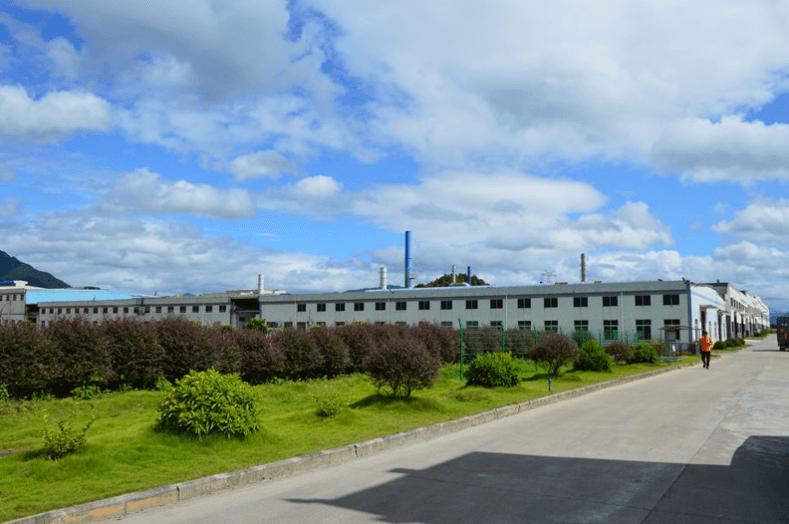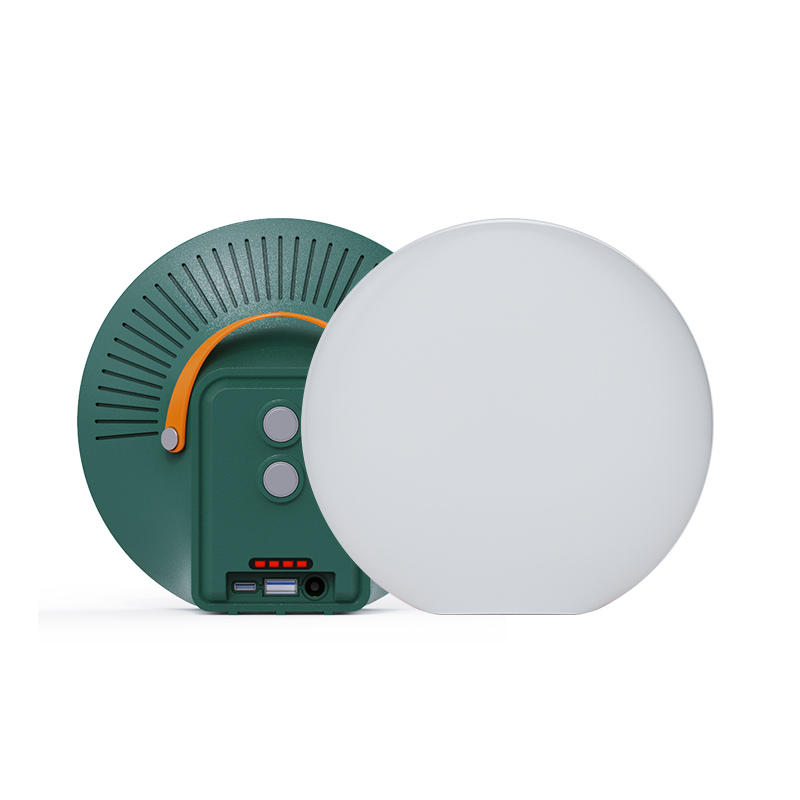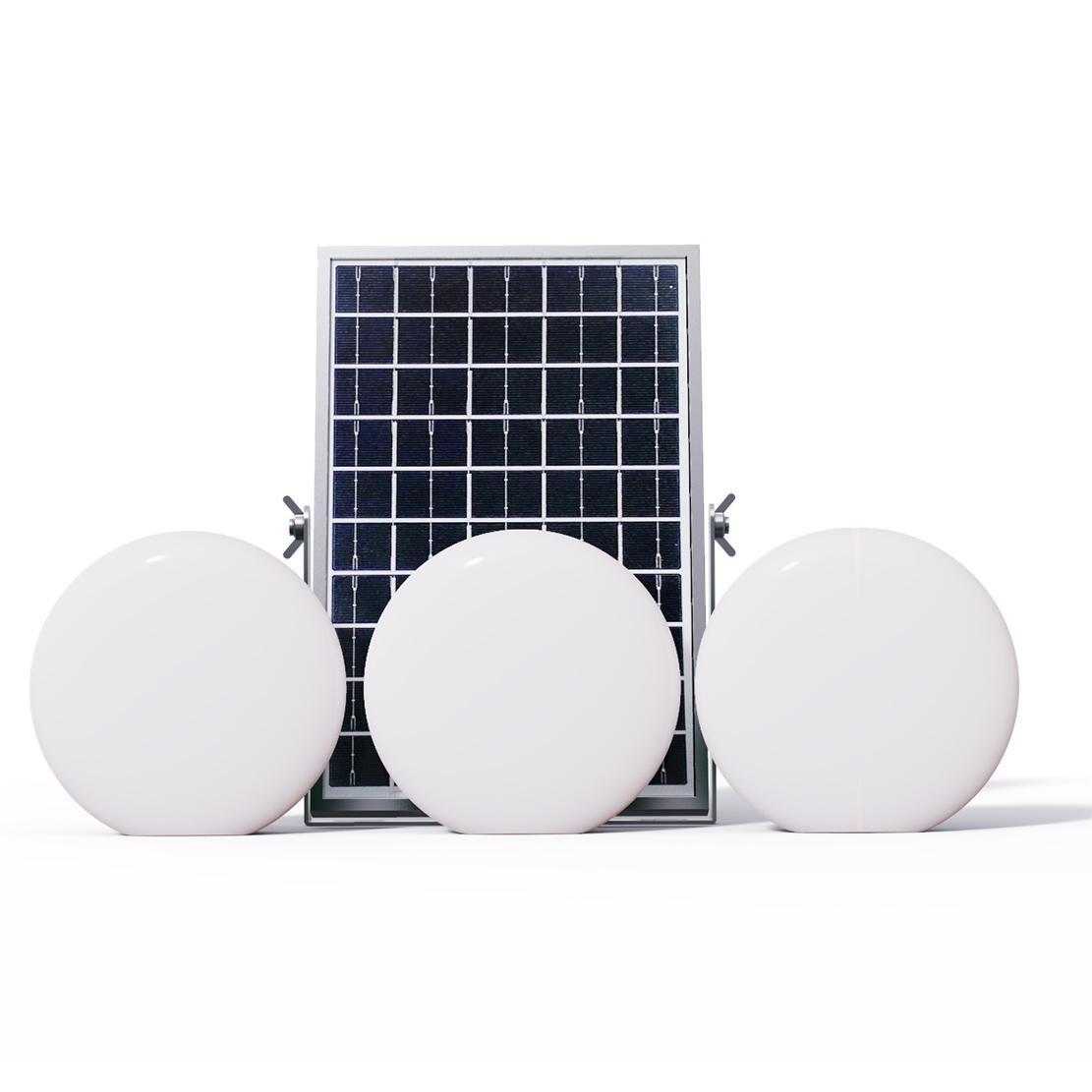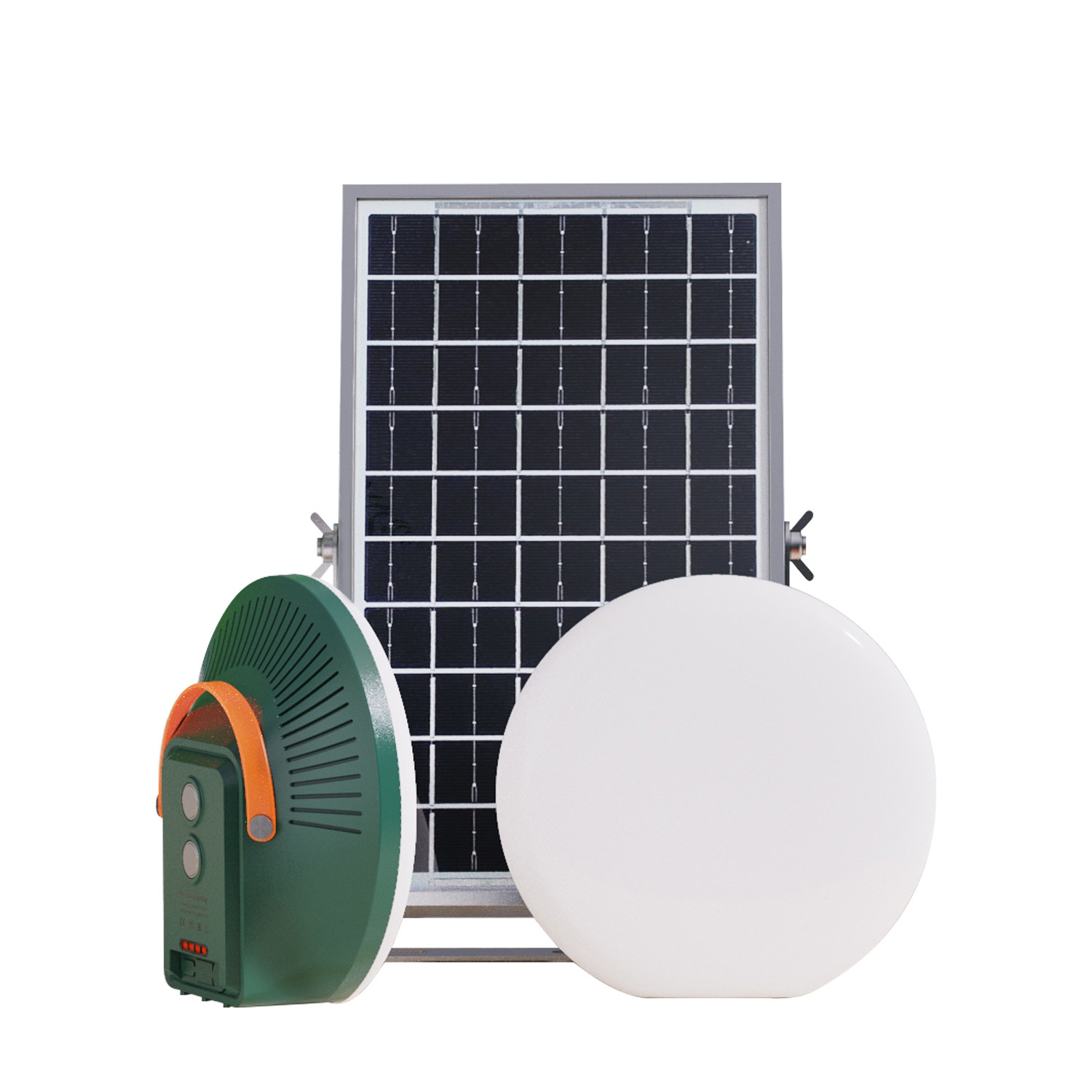In the selection of the residential solar system, most buyers may be confused about which solar panel is best mono or poly, because both of them are two of the best residential solar systems. Fortunately, in this post, the author will guide you get the full knowledge of mono solar panels and poly solar panels.
What is A Mono Solar Panel?
The mono solar panel, also known as solar panel monocrystalline, is made from monocrystalline solar cells. The mono refers to an ingot that is processed in a lab and molded into a cylinder-like shape.
Then, the ingot usually be cut into into thin discs, or silicon wafers and shaved to form octagons by panel manufacturers, as a result, the mono easily be inserted into the panel. This ingot is the core of ensuring the effectiveness of the solar panel.
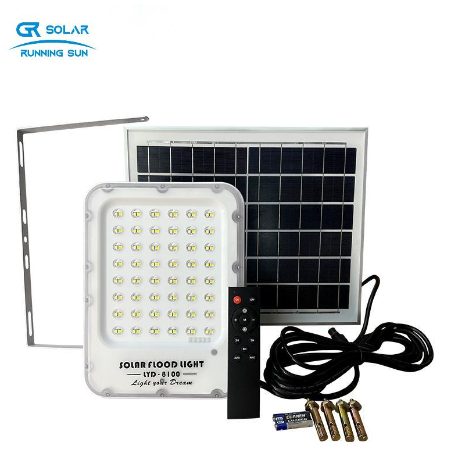
What is A Poly Solar Panel?
The poly solar panel is constructed with multiple thin cubes-shaped silicon crystals. Some silicon crystals may include the wasted silicon from the mono-panel process, so the poly solar panel may be cheaper than the mono solar panel but prone to surface imperfections, resulting in reduced efficiency.
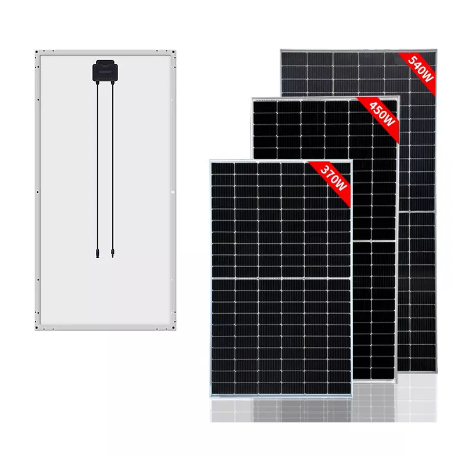
Solar Panel Mono Vs Poly Which is Better
Most people usually have a question about "solar panel mono vs poly which is better", so the author would put a comparison between them from six aspects.
●Average Cost
To make an ultimate result between mono solar panel and poly solar panel, the author would make a comparison in six aspects. On the one hand, the mono solar panel requires a more complex processing method and needs higher-quality materials.
On the other hand, the poly solar panel tends to use lower quality silicon cells, some of which are recycled from the monocrystalline production process.
Therefore, if you emphasize the price and have less requirement in energy efficiency, the poly solar panel may be a better option for you.
●Efficiency
The second difference between a mono solar panel and a poly solar panel is its efficiency rating. The solar panel's efficiency rating indicates that how much sunlight the panel can absorb and convert into electricity. For instance, a solar panel with a 20% efficiency rating means that it is able to absorb and convert 15% of the sunlight it receives.
The mono solar panel is known for its higher efficiency compared to polycrystalline panels. The uniform structure of monocrystalline cells allows for better electron flow, making them more efficient in converting sunlight into electricity. In general, the poly solar panel has an average efficiency of 13% to 16%. As for the mono solar panel, it has an efficiency rating ranging from 15% to 23%.
●Panel appearance
The mono solar panel often has a sleek black appearance due to the manufacturing process and the use of single-crystal silicon. The poly solar panel, on the other hand, usually has a blue-speckled appearance. Therefore, if you want to maintain your home's aesthetics, the mono solar panel may be a better option, because it is not noticeable. And, with the speckled appearance, the poly solar panel may attract the passerby's attention.
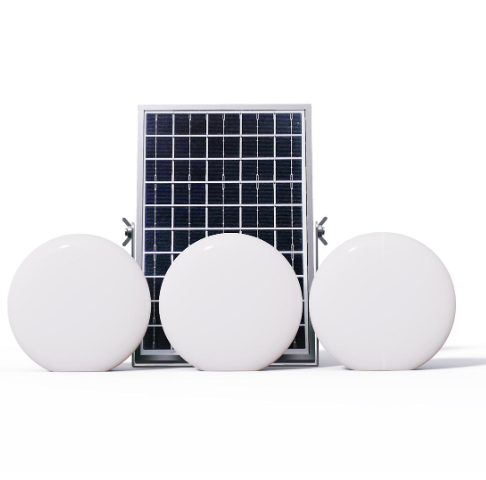
Mono Shingled 300w Solar Panel
●Roof space
As above mentioned, the mono solar panel is more efficient, so it has a higher conversion rate in the sunlight. Then, property owners can need fewer mono solar panels to ensure stable electricity. By contrast, the poly panel has a lower efficiency rating, so the property owners have to use more panels to meet the home energy needs and set ample roof space to accommodate additional panels.
In summary, if you have limited roof space, the mono panel may be your better option.
●Typical life span
In the application, it is found that the mono solar panel can last 25 to 35 years, while the mono solar panel can last up to 40 years. However, the quality of manufacturing and the brand can influence longevity. Moreover, the efficiency rating may be lost as time goes by.
●Temperature coefficient
The temperature coefficient measures how much a solar panel's efficiency decreases as temperatures rise. Generally speaking, the higher the temperature coefficient is, the worse a panel will perform in extreme weather.
The mono solar panel typically has a lower temperature coefficient, meaning they are more efficient in high-temperature environments, so the mono solar panel is more suitable for houses and buildings located in regions with extreme temperatures. The poly solar panel has a higher temperature coefficient, so it can not have a good performance in regions with hot temperatures.
Conclusion
Finally, if you want to get the answer about "which solar panel is best mono or poly" to determine your selection, you may need to take the above content as a reference. After all, the solar panel monocrystalline vs polycrystalline always is a debated topic, so there is no one-size-fits-all answer.

